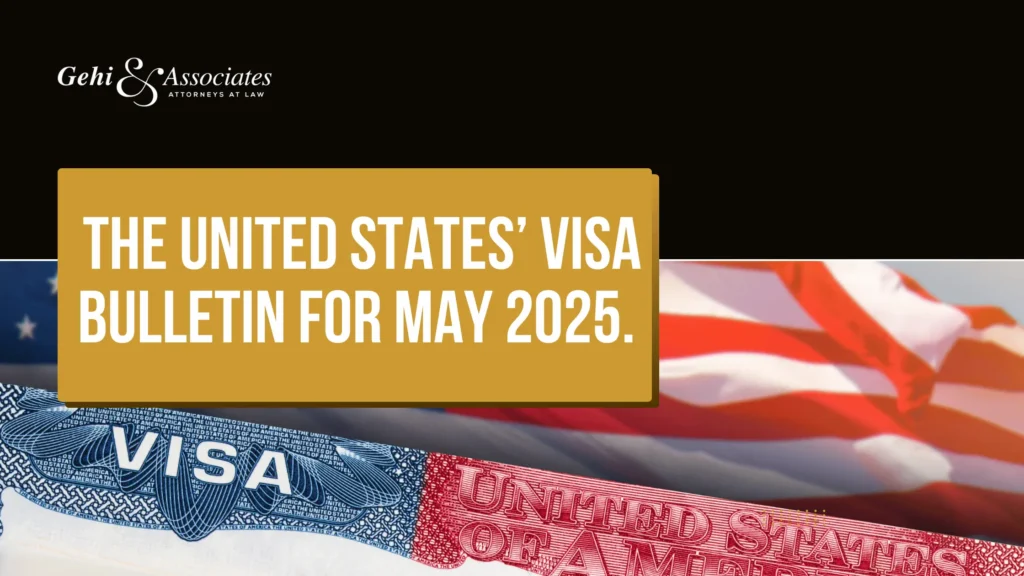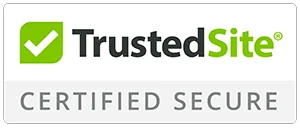Blog Categories
Recent Posts
Practices Areas

The United States is a great destination for foreigners from around the globe. It is home to over 40 million people born in another country. Every year, hundreds of thousands of students, professionals, and travelers come to the United States to work, study, or even visit as tourists.
A visa is required for any foreign citizen who wishes to immigrate to the United States to study, work, or even visit the United States as a tourist. There are broadly two types of US visas. Non-immigrant visas are issued for short-term stays, while immigrant visas are issued for long-term stays in the United States.
Most students, travelers, business people, and researchers who intend to stay in the United States on a short-term basis for specific purposes will need non-immigrant visas. Getting a US visa is a dream come true for many people because it offers many new opportunities for travel and adventure.
When you travel to the US, you must apply for a visa. If you are planning to move to the US, the migration process differs depending on the type of US visa you are applying for. All types of US visas serve different purposes and are issued for varying lengths of stay.
Understanding the different types of US visas available in the United States is important before planning your visit. In this post, we shall examine some of them.
Immigrant and non-immigrant visas
There are generally two types of US visas: immigrant and nonimmigrant. Based on US immigration law, you may be eligible for one or the other of these visa categories, depending on the purpose of your planned travel and other factors.
If you are an applicant, you must prove that you meet all the criteria to qualify for the visa category you are applying for. Are you looking for a place to live and work for the rest of your life? If so, you will want to get your immigrant visa.
An immigrant visa lets you live and work in the United States for unlimited time, which is why it is often called a “green card visa.” An employer or a family member must sponsor most people who try to get an immigrant visa.
An immigrant visa doesn’t expire, so you can stay in the United States indefinitely. However, remember that people on an immigrant visa do not have the same rights in the United States as US citizens. The main distinction between an immigrant visa and a non-immigrant visa is the length of the visa.
An immigrant visa allows you to stay in the US indefinitely. A non-immigrant visa permits you to enter the US for a limited period. It can be valid for three months or up to 10 years.
For example, a non-immigrant visa is the better option for a student, a business person, a temporary contractor, a tourist, or a patient seeking medical treatment.
The B-type visas
Under the B-type visa category, there are two categories of visas. B-1 visas are issued to business partners who want to come to the US temporarily for business purposes. B-2 visas are issued to people who want to visit the US for pleasure or medical purposes, such as to meet family or friends or for vacations, honeymoons, and social events.
You can also get a B-1/B-2 visa issued for both purposes. To get a B-2 visa, you must show the consular officers that you have enough money to cover your expenses during your stay in the US. Visitor visa holders are not allowed to work in the US.
Visas to work in the US
If you are temporarily traveling to the US for work, you will need a work visa specific to the type of work you will be doing. To apply for a US work visa, you must submit a petition to the US Citizenship and Immigration Services.
This petition is called Form I-129. Your sponsor must file it on your behalf and get USCIS to approve it before you can apply for your work visa at your home country’s embassy or consulate. Visa applicants must submit their I-129 petition and a copy of their Form I-797 when they come to the consulate for their visa interview.
Some types of US visas specifically for working in the US are:
- H1-B visa: H1-B visas are granted to foreign nationals authorized to work in the United States to perform a pre-defined professional service. Applicants must hold a bachelor’s degree or higher in the specialty field for which they have been chosen. United States Citizenship and Immigration Services (USCIS) will determine whether an applicant can perform the required service. Prospective employers must file the required Labor Condition Application (LCA) with the US Department of Labor. This form outlines the terms of the employment contract with you.
- H2-A visas: US employers use H2-A visas to provide temporary agricultural jobs to non-residents in the US. The US employer must submit the form I-129 (nonimmigrant worker) on behalf of the visa applicant. Please note that Indian and Bhutan passport holders do not qualify for the H2-A visa.
- H2-B visas: This visa permits foreign nationals to work in the United States temporarily or temporarily for jobs that US workers cannot fill. H2-A visas must be sponsored by an employer certified by the Department of Labor.
- Trainee visas (H-3 visas): An H-3 visa allows an individual to enter the United States for up to two years to receive training from an employer in any field. The employer may pay the individual for the training, but it cannot be used for productive employment.
- Visas for dependents (H-4 visas): The principal H-visa holder’s spouse and unmarried minor (under 21 years) can get an H-4 visa to travel with him to the US. However, dependent children cannot work in the US but can attend school there.
- Visas for staff of multinational companies (L-1 visas): If you are employed by an international company and the company is temporarily relocating you to its US branch, affiliate, or subsidiary, you must obtain an L-1 visa to immigrate to the US. You must have held a management or executive position in an international company or have specialized knowledge and be ready to obtain a position at any of these levels within the company in the US. You must have worked continuously outside the United States for at least one year during the 3 years before applying for this type of US visa.
- Visas for dependent L-1 visa holders (L-2 visas): L-1 visa holders who are married or have unmarried children under 21 can apply for an L-2 visa to enter the US. If your spouse wants to work for the US, they must fill out an application form I-765 (with the application fee). Your children cannot apply for employment in the US.
- Q-type US visa: Q-visas are issued to applicants coming to the US as part of a cultural exchange program. The program aims to provide practical training and share the applicant’s home country’s culture, history, and traditions. If you are applying for a Q-visa, your sponsor will file a petition for you, which must be approved by US Citizenship and Immigration Services (USCIS).
Student visas
US student visas are issued to foreign nationals who wish to study in the United States. Applicants must be admitted to an accredited educational institution before applying for a visa.
Once an applicant has secured admission, the accredited educational institution will provide them with the necessary approval documentation to submit while applying for a student visa. US student visas can be issued up to 120 days before the start date of the study period.
Students can travel to the United States within 30 days of the start date on Form I-20. An example of a student visa is the F-1 visa, granted to students who want to study at an accredited American university or college, private high school, or an approved language program in the United States.
F-1 visas are also issued to students whose course of study exceeds 18 hours per week. There are many other types of US visas you can learn about when you talk with an immigration lawyer.
How to apply for a US visa
The first step in the visa application process is selecting the right type of US visa according to your needs. For instance, if you want to study at an American university with an F-1 student visa, you must fill in the form DS-160 from the US consulate’s online immigration website.
After you pay for your visa application, schedule your appointment at the consulate. Subsequently, submit your application with the documentation you have attached to the US visa application center. An interview will then take place at the US embassy.
Get help!
Foreign nationals have various visa options when entering the United States. However, the process of spotting the right one for you takes a lot of skill due to the many visa options available. This is why hiring an immigration lawyer is so attractive.
At Gehi and Associates, we have a team of experienced immigration lawyers who can guide you through the entire process of getting the right type of US visa for your needs. Our track record of success over the years speaks for itself. Therefore, you can count on us to handle your immigration application and provide an unforgettable experience.
Contact us today to learn more about how we can assist you!
Contact Us
Our law offices in NY offers free consultations, both virtual and in-person, for all legal and immigration matters. To schedule one, please contact us today!










